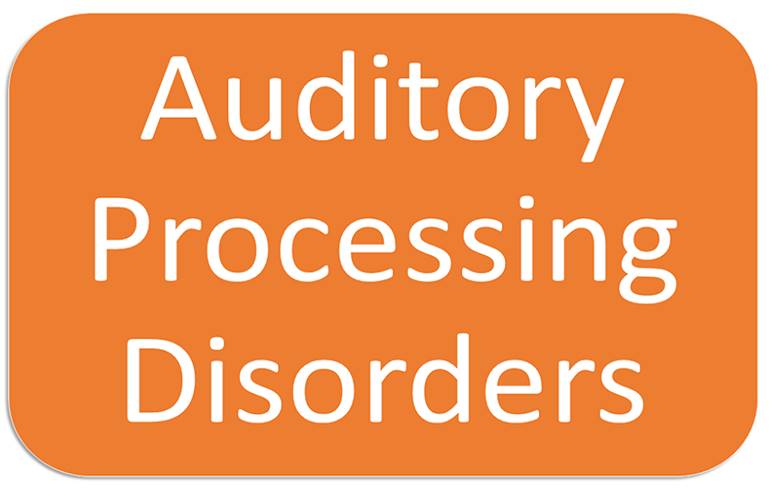
Put simply, “it is what the brain does with what the ear hears” (Katz 1994). It also requires the ability to effectively separate meaningful messages from the non-essential background sounds and deliver that information with good clarity to the brain. It involves the brain’s ability to sort through the sounds and make sense of all the incoming information. Processing auditory information goes beyond just hearing. Improved ability when in quieter settings or one to one interactions.Difficulties in understanding abstract information.Reading, spelling, writing or language difficulties.Difficulty hearing conversations on the telephone.Delay in processing input, elaboration or output.Difficulty following long conversations.Difficulty following multi-step directions.


While not everyone with APD / CAPD will exhibit all behaviours the following are some examples of behaviours that may be displayed by children or adults who have CAPD / APD: Some signs of Central Auditory Processing Disorder These difficulties are generally aggravated when there is background noise. The terms Central Auditory Processing Disorder (CAPD) or Auditory Processing Disorder (APD) describe a variety of problems that interfere with the processing of auditory information including auditory figure-ground problems, auditory memory problems, auditory discrimination problems, auditory attention problems and auditory cohesion problems. Auditory processing difficulties can affect both children and adults. Central Auditory Processing Disorder (CAPD) Central Auditory Processing Disorder (CAPD) or Auditory Processing Disorder (APD) is not a hearing impairment, but an inefficient processing of what is being heard.


 0 kommentar(er)
0 kommentar(er)
